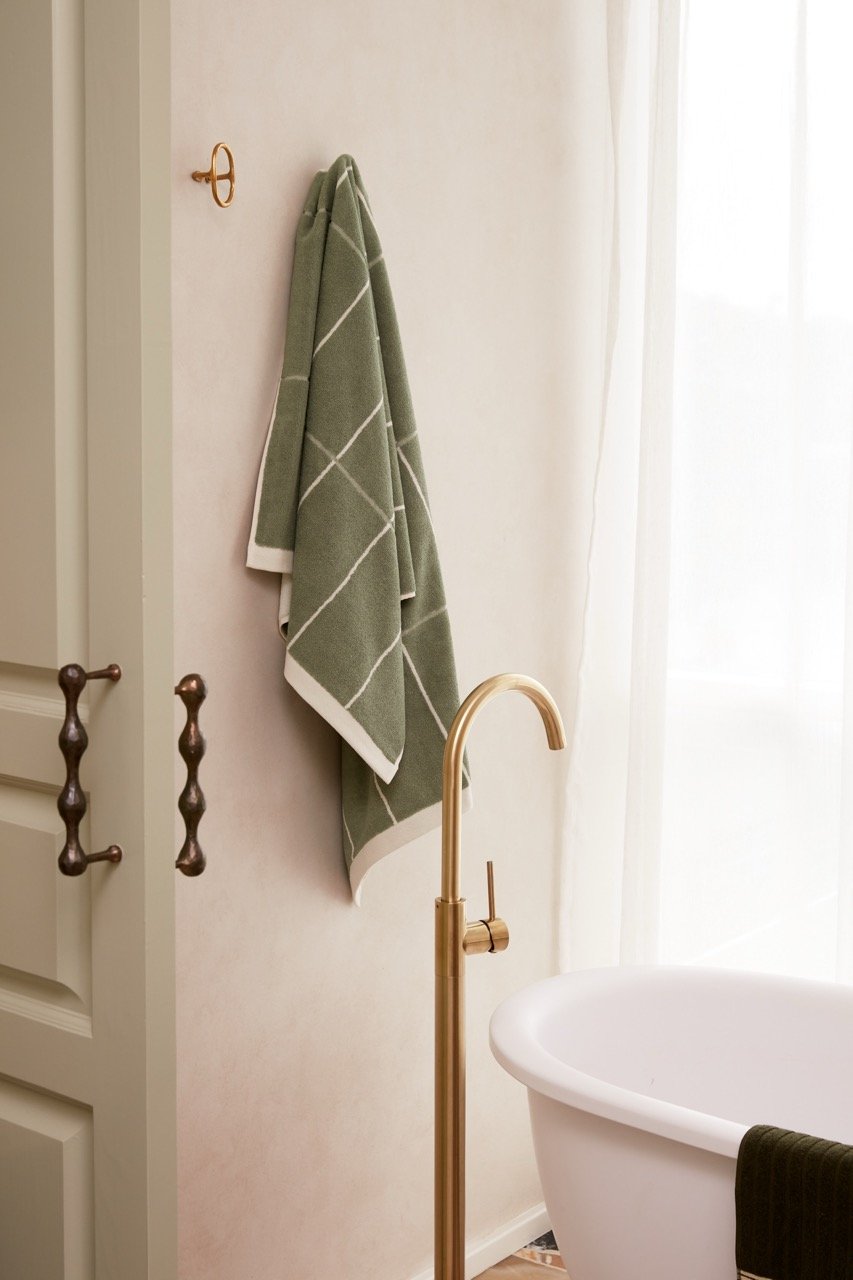What is Multi-Sensory Design and How to Implement it
Have you ever walked into a space that just felt right? Maybe it was a cozy cafe wrapped in warmth or a vibrant office that sparked creativity. These experiences aren’t just coincidental–they’re the result of multi-sensory design: designing for all the senses.
Why Bother With Multi-Sensory Design?
Let’s face it–we’re not just visual beings. Finnish architect and theoretician Pallasmaa once noted that “spaces, places, and buildings are undoubtedly encountered as multi-sensory lived experiences. Instead of registering architecture merely as visual images, we scan our settings by the ears, skin, nose, and tongue.”
Now, imagine walking into an office that combines natural light, soothing sounds, and nice scents. The space would feel alive and energising right? You’d feel more focused and inspired. In the same way, a home that integrates tactile materials, calming aromas, and inviting sounds can create a space that fosters relaxation and connection.
As the world is increasingly dominated by screens and digital products, there’s definitely a need for more environments that engage our senses and resonate with us on a deeper level, making us feel more grounded and present. So let’s explore how you can use each sense to create a more immersive design experience in your home!
Sight
Sight is the superstar of design. Yes, your color palette matters, but lighting? That’s the real game changer and it’s often overlooked as a visual feature. Think about how you can use lighting to highlight a specific feature or use it to create a warm, cozy atmosphere at night time.
Touch
The goal is to not only create spaces that captivate the eye but also ones that entice you to explore through touch. Think about how you can create a tactile narrative with soft fabrics, smooth surfaces, and varied materials.
Notice how these two rooms have beautifully layered textures. The juxtaposition between smooth and rough surfaces and the variety of materials used make both rooms interesting despite their limited color.
Want to learn more about incorporating texture? Check out the video below if you haven’t already.
Sound
Most people don’t think about acoustic design when designing their homes unless you’re designing a music studio in your basement or perhaps a home theatre. But sound reflection and absorption are super important in other areas as well, especially your living room if you host often and want people to be able to hear each other or in your bedroom if you want some peace and quiet. That’s why bringing in lots of soft furnishings is important to absorb sound.
Windows and window furnishings also play a very big role in reducing external noise, especially if you live near a busy road or highway. Look into an acoustic laminated glass like VLam Hush, purpose-built double-glazed windows (expensive), or secondary glazing - the bigger the air gap, the more noise reduction. Alternatively, shutters or thick curtains can also help reduce the noise.
There are also designers who are taking sound to the next level by creating soundscapes for rooms. Like bedrooms with calming ocean waves sounds. If you have a sound system or even just a portable speaker, think about how you can put on various white noises or other music to change the ambiance of your room.
Smell
Aromatherapy is only becoming more and more popular in interior design. A lot of interior designers are experimenting with scent selection much like how they’d choose certain colors for a space to evoke a certain mood.
Lavender scents are perfect for your bedroom or living room if you want a relaxing vibe, while citruses are perfect for workspaces as they tend to increase your energy. That said, not everyone likes having a scent, nor is it always suitable (especially if you have pets - more on that in last week’s edition). So, going all natural is the way to go - open up your windows and let the fresh air circulate into your home.
Taste
Now, taste isn’t typically on the design radar for homes, but why not? Restaurants are nailing it, so let’s bring it into your dining room. How about a herb garden in your kitchen? Just imagine how nice all of that basil and other herbs will smell. Yes, there’s a bit of overlap here with scent, but it’d definitely create a multi-sensory culinary experience.
Another idea is to be more thoughtful about your dining room setup. How can you create a nice table setting? Can you add in ambient lighting? What type of plates are you serving your food on? A beautiful dining setup will transform every meal into a sensory experience.
Proprioception
Last but not least, we have proprioception–the sixth often forgotten about sense. If you haven’t heard of it before, it’s the sense that lets us perceive the location and movements of our body. So how does this tie into interior design?
Be thoughtful about how you arrange your furniture. Make sure you have clear traffic flows and footpaths and that no pieces are too close or too far away from each other.
Wrap Up
Now that you’re more aware of multi-sensory design, think about how you can add some of these ideas to your home. Aromatherapy and textural surfaces like pillows and throws are some of the easiest ways to get started.
Struggling with decorating your home?
Check out some of our templates and resources.
Or check out my Practical Home Design course where I cover a step-by-step process so you, yourself can confidently make your own choices and design a home that you’ll love. There's roughly 3 hours of video content, and I'll also provide you with guides, handbooks, templates, and a bunch of resources to aid your learning.


